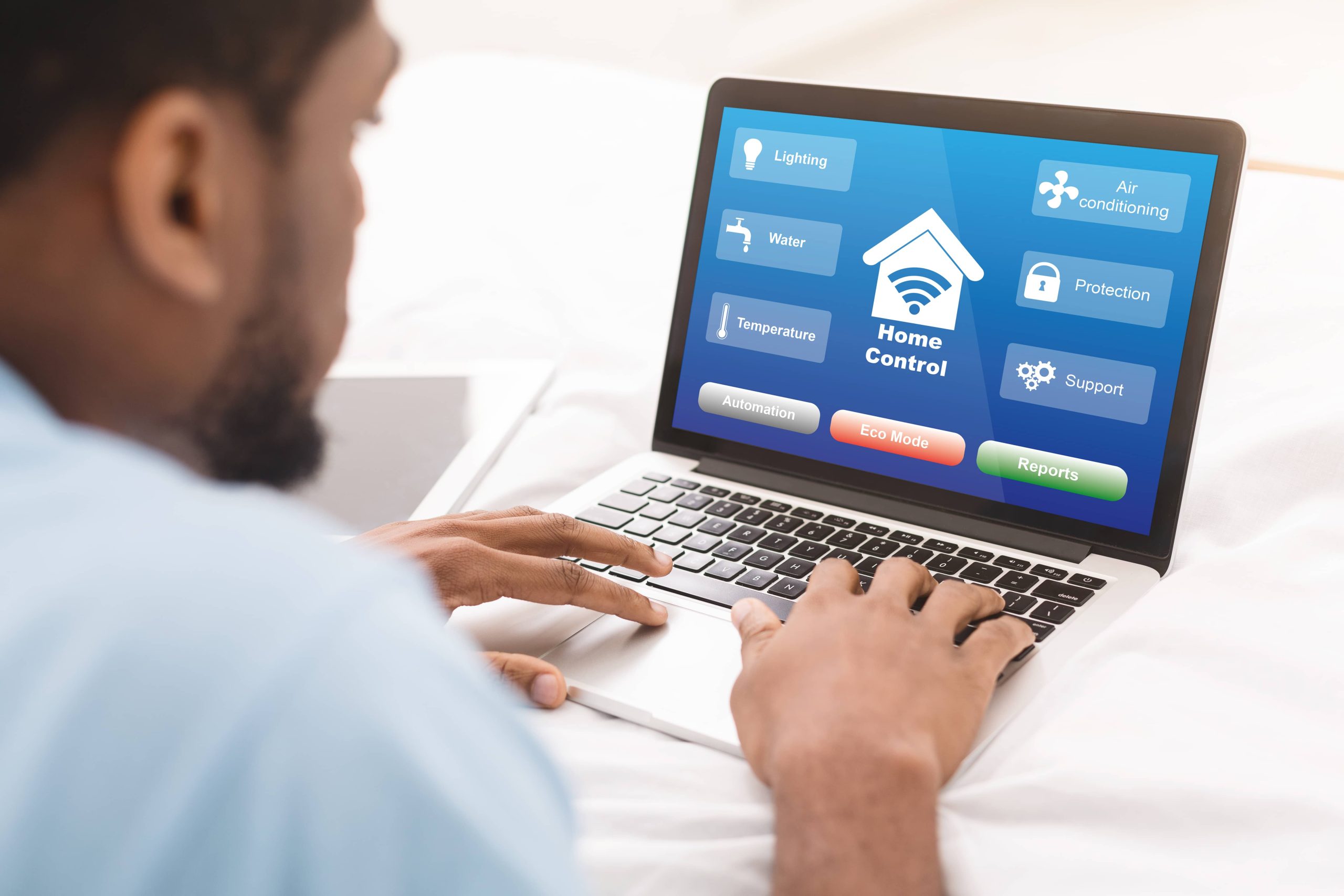
In today’s fast-paced world, the concept of a “smart home” has transitioned from a futuristic dream to an accessible reality. With the rapid advancement of technology, homeowners now have the opportunity to transform their living spaces into intelligent environments that enhance convenience, security, and energy efficiency. If you’re new to the world of smart homes, this guide will help you embark on your journey by exploring the basics and providing practical tips to get started.
Understanding the Smart Home
A smart home is a residence equipped with devices that can be controlled remotely via a smartphone, tablet, or computer. These devices are interconnected through the internet, allowing homeowners to manage various aspects of their home environment, such as lighting, temperature, security, and entertainment systems, with ease. The primary goal of a smart home is to improve the quality of life by automating routine tasks and providing greater control over the home environment.
Key Components of a Smart Home
1. Smart Lighting: One of the simplest ways to start your smart home journey is by upgrading your lighting system. Smart bulbs and switches allow you to control the brightness and color of your lights remotely. You can set schedules, create mood lighting, and even control lights with voice commands using virtual assistants like Amazon Alexa or Google Assistant.
2. Smart Thermostats: A smart thermostat can significantly enhance your home’s energy efficiency. These devices learn your heating and cooling preferences over time and adjust the temperature accordingly. You can control them remotely, ensuring your home is always at the perfect temperature when you arrive.
3. Smart Security Systems: Home security is a top priority for many homeowners. Smart security systems offer features like video doorbells, motion sensors, and smart locks. These devices provide real-time alerts and allow you to monitor your home from anywhere, giving you peace of mind.
4. Smart Appliances: From refrigerators that can create shopping lists to ovens you can preheat on your way home, smart appliances are revolutionizing the kitchen. These devices offer convenience and can help you save time and energy.
5. Smart Entertainment Systems: Transform your living room into a high-tech entertainment hub with smart TVs, speakers, and streaming devices. You can control your entire entertainment system with a single remote or voice command, making movie nights more enjoyable.
Getting Started with Your Smart Home
1. Assess Your Needs: Before diving into the world of smart home technology, take a moment to assess your needs and priorities. Consider which aspects of your home life you want to improve or automate. This will help you choose the right devices and systems for your home.
2. Set a Budget: Smart home technology can range from affordable to high-end. Determine how much you’re willing to invest in your smart home journey. Start with essential devices and gradually expand your system as your budget allows.
3. Choose a Platform: Many smart home devices are compatible with popular platforms like Amazon Alexa, Google Assistant, and Apple HomeKit. Choose a platform that aligns with your preferences and existing devices. This will ensure seamless integration and control.
4. Start Small: It’s easy to get overwhelmed by the vast array of smart home products available. Start with a few key devices, such as smart bulbs or a thermostat, and gradually expand your system as you become more comfortable with the technology.
5. Ensure Compatibility: When purchasing smart home devices, ensure they are compatible with your chosen platform and each other. This will prevent connectivity issues and ensure a smooth user experience.
6. Secure Your Network: As you add more smart devices to your home, it’s crucial to secure your network. Use strong, unique passwords for your devices and Wi-Fi network. Regularly update your devices’ firmware to protect against security vulnerabilities.
The Future of Smart Homes
The smart home industry is continuously evolving, with new technologies and innovations emerging regularly. In the future, we can expect even more advanced features, such as enhanced artificial intelligence, improved energy management, and greater interoperability between devices. As these technologies become more accessible, smart homes will become an integral part of everyday life, offering unprecedented convenience and efficiency.
Conclusion
Embarking on your smart home journey is an exciting endeavor that can transform the way you live. By understanding the basics and taking a strategic approach, you can create a smart home that meets your needs and enhances your lifestyle. Whether you’re looking to improve energy efficiency, enhance security, or simply enjoy the convenience of automation, the possibilities are endless. So, take the first step today and start building your smart home of the future.













